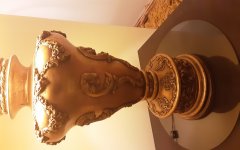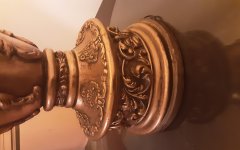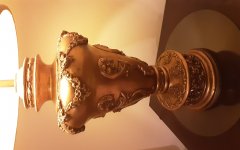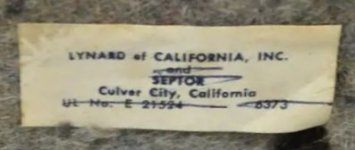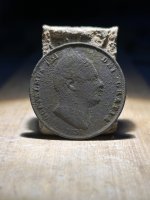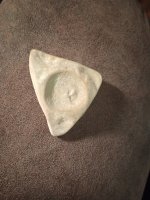I'm not having much luck identifying this lamp. Can anyone help?
This what is on the bottom of lamp.
Lynard Of California and Septor
Culver city California
UL NO. E 21524-6373
One of the last things in my folks house that we are almost done cleaning out.
The height of lamp is 56" with lamp shade
Light bulb to base is about 28"
Very heavy lamp
Thanks
This what is on the bottom of lamp.
Lynard Of California and Septor
Culver city California
UL NO. E 21524-6373
One of the last things in my folks house that we are almost done cleaning out.
The height of lamp is 56" with lamp shade
Light bulb to base is about 28"
Very heavy lamp
Thanks


